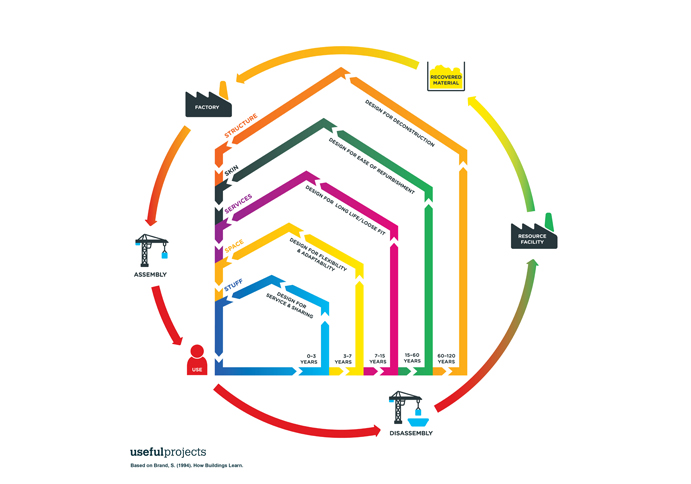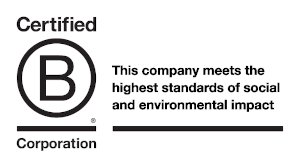Senior Sustainability Consultant Jo Dobson reports from last week’s Circular Economy Thinking in Construction Conference:
The UK construction industry is embarking on its journey towards the circular economy. Companies throughout the supply chain are beginning to understand what the circular economy means to them, and what the opportunities are. To provide a pan-industry platform for raising awareness about the circular economy in construction, the Construction Products Association, the Green Construction Board, Innovate UK’s Knowledge Transfer Network and the BRE hosted a whole-day Circular Economy Thinking in Construction Conference on Friday 20 January at the Building Centre.
I was keen to attend – not only so I could hear about the latest thinking and practice in this area – but also because several projects we’ve been working on were being presented.
Here are the key messages from the event:
The importance of client leadership
Mike Putnam, CEO of Skanska and Chair of the Green Construction Board opened the event by emphasising the importance of leadership for the circular economy, and this was a common thread through many of the presentations, in particular, client leadership. Clients play a huge role in providing ‘demand’ for circular economy solutions, and stimulating the supply chain to innovate.
We are starting to see major clients like High Speed Two (HS2) and the Old Oak Common and Park Royal Development Corporation (OPDC) conducting studies into the circular economy opportunities for their projects. Both clients presented at the event, demonstrating their leadership for this topic to industry.
We have been working with HS2 over the last few months together with our sister company Expedition and BAM Construct UK to document HS2’s existing work related to the circular economy, and identify additional opportunities. HS2 has developed a working definition of the circular economy and already has many requirements in place that should lead to circular economy outcomes – for example design for deconstruction plans for stations and depots, and as-built materials inventories linked with BIM. Opportunities we’re exploring that were mentioned at the event include procuring lighting as a service, and facilitating reuse during demolition and construction. We are looking forward to seeing how the supply chain responds in due course.
Dan Epstein, who is our Consultant Director of Sustainability, also works for the Old Oak Common and Park Royal Development Corporation (OPDC). In Dan’s role at OPDC, he has commissioned a circular economy scoping study for the development. This will enable the team to understand the opportunities, and make recommendations for adoption of circular economy practice across OPDC covering planning, spatial masterplanning, infrastructure design and development, building standards and the businesses and residents that will occupy the site.
Making yourself an informed client is a first step on your circular economy journey.
Try things out, and capture lessons learnt
Nitesh Magdani (Royal BAM Group, a contractor) and Jeremy Sumeray (Armstrong World Industries, a ceilings manufacturer) both described how they’d got to where they are today by trying out circular economy solutions, learning from the experience, and developing their approach further.
The transition to the circular economy is going to require testing of new solutions, and innovation across design, construction and manufacturing. We need companies across the supply chain to have a go at implementing new design approaches and business models. Try things out, and learn from the experience; who knows what you might achieve!
Developing appropriate strategies for the design life
Developing appropriate circular economy strategies for the design life of the building/asset, and the ‘layers’ of that building/asset, was another common theme. We’ve developed our own version of Stuart Brand’s 6 layers of a building diagram to help communicate this concept. For the structure, which has a long design life, durability and ease of maintenance are appropriate strategies. For fit-out, which has a much shorter lifespan, service models, take-back schemes, and design for reuse and recycling should be the main approaches.
A study to look at the benefits to UK construction
Katherine Adams (BRE and Loughborough University) presented a number of facts about the circular economy in the built environment. One of the key opportunities was the financial gains that the UK construction industry and wider economy could make by implementing circular building practices. Katherine called for a study to look at the benefits to UK construction, and I strongly agree with this. Perhaps this is one for the Green Construction Board to take forward as a key next step.
Starting your journey
The Green Construction Board’s top tips for embedding circular economy principles in construction were soft-launched at the conference (the formal launch will be at Ecobuild 2017). This is an industry engagement project we’ve been working on. We’ve developed an online resource (a microsite), which is intended to help the construction industry start its journey towards the circular economy. It offers a series of practical tips – for Clients, the Design Team, Contractors, Material and Product Manufacturers, and Demolition Contractors.
I really hope that these top tips will be useful to industry, and that at next year’s conference, we’ll have more practical examples of companies who have taken action around the circular economy.
A live blog was produced for the conference, which can be accessed here.
You can find out more about our Circular Economy services here.




